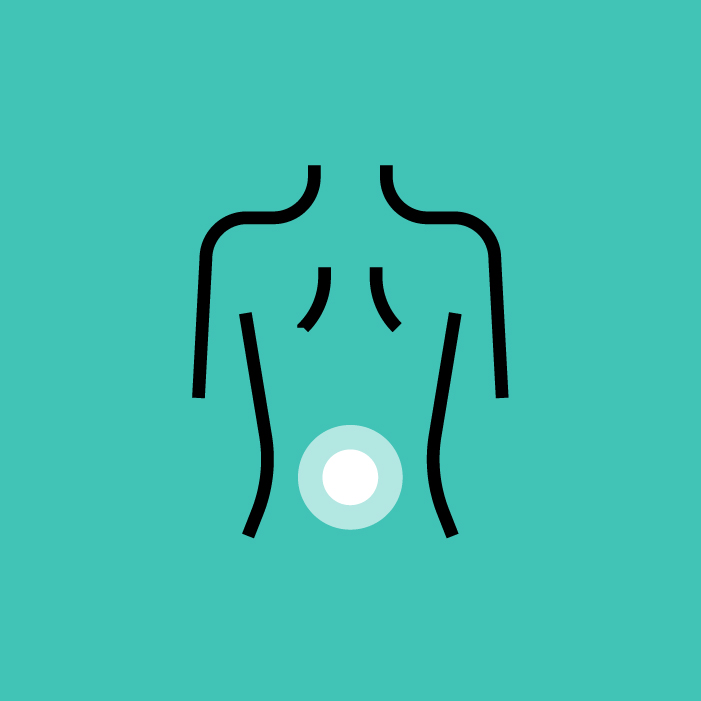What is low back pain and why does it occur?
Low back pain (or lumbago) refers to pain located in the lumbar region, which may spread to the buttocks or even radiate down the legs. It’s not a disease itself, but a symptom triggered by various factors such as:
- Muscle overload or repetitive strain
- Herniated or bulging discs
- Facet joint arthritis or disc degeneration
- Postural issues or sedentary lifestyle
There are different types of low back pain: acute, chronic, mechanical, lumbosciatica or lumbosacral pain, depending on its duration and cause. Identifying the root cause is key to an effective treatment.

Most common causes of low back pain
Pain may worsen when standing, walking or after long periods of rest.
The most frequent causes include:
Muscle disorders (contractures, overloads)
Herniated discs or spinal stenosis
Poor posture, intense strain or sudden movements
Vertebral degeneration or lumbar arthritis
Pregnancy, obesity or sedentary habits
Pain in the lower back, either constant or intermittent
Radiation to buttocks or legs (in cases of lumbosciatica)
Stiffness or limited movement
Pain worsening when bending or standing for long
Feeling of heaviness, pressure or burning in the lumbar area
Most common symptoms of lumbar pain
Symptoms can vary, but the most common are:
What’s the best treatment to relieve low back pain?
At Back is Back, we treat low back pain with an exclusive methodology based on David Health technology —the world leader in functional recovery. We combine biomechanical assessments, software-guided exercise and clinical monitoring to address the root cause, not just the symptom.

Effective treatment includes:
Thanks to this approach, over 90% of our patients improve without surgery.
Personalized and progressive therapeutic exercise
Manual therapy, neuromodulation or massage
Medication when needed (anti-inflammatories, muscle relaxants)
Postural education and relapse prevention
Recommended and avoided exercises for low back pain
Exercise is essential to restore mobility and reduce pain. Some recommended exercises:
- Stretches for glutes, hamstrings and psoas
- Controlled hip and lumbar mobility
- Core stabilization work
However: not all exercises are appropriate. Some movements may worsen back pain if not adapted to the cause. At Back is Back, all exercises are guided and monitored by expert physiotherapists.

How long does low back pain last? Can it go away on its own?
Acute low back pain can subside in a few days or weeks. But if it becomes chronic, recurs frequently or limits your daily life, it’s crucial to take action.
Don’t settle: most cases can be resolved without surgery if treated correctly and on time.
What happens if it’s not treated properly?
Ignoring low back pain or self-medicating without a diagnosis can lead to:
- Chronic or recurring pain
- Loss of strength and mobility
- Work incapacity or repeated sick leave
- Medication dependency

Frequently asked questions about low back pain
Is it normal for back pain not to go away with rest?
Not always. In many cases, therapeutic movement speeds up recovery.
Can I exercise with low back pain?
Yes, but it should always be supervised by a physiotherapist.
Which medications are best for lower back pain?
Anti-inflammatories and muscle relaxants under prescription. At Back is Back, we prioritize active solutions.
When should I be concerned about low back pain?
If it doesn’t improve after 1–2 weeks, radiates to the legs or recurs often.

How can Back is Back help with your low back pain?
At Back is Back, we specialize in treating lumbar pain. Our approach combines state-of-the-art technology, movement science, and a multidisciplinary medical team that supports you throughout your recovery.
From the very first session, we analyze your case in detail and design a fully customized plan. And the best part: over 90% of our patients improve without surgery.
Book your first visit today and start your pain-free recovery.